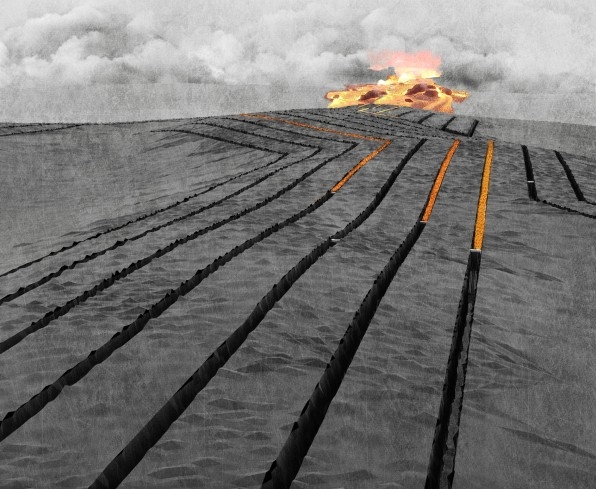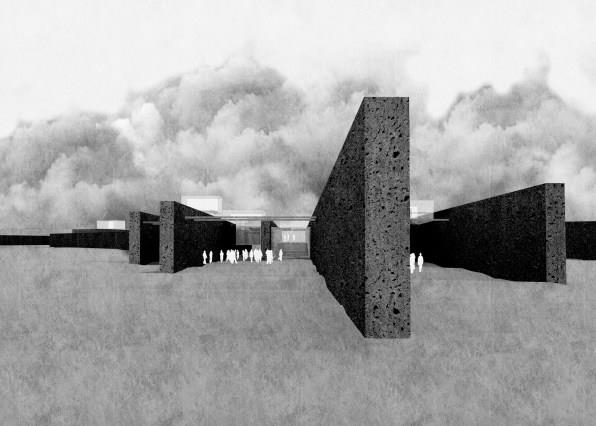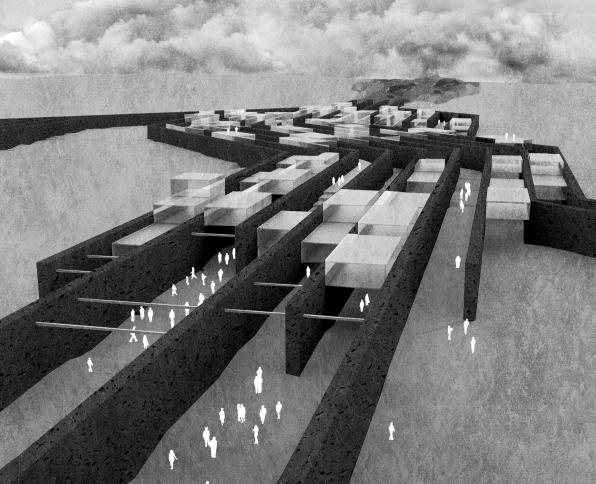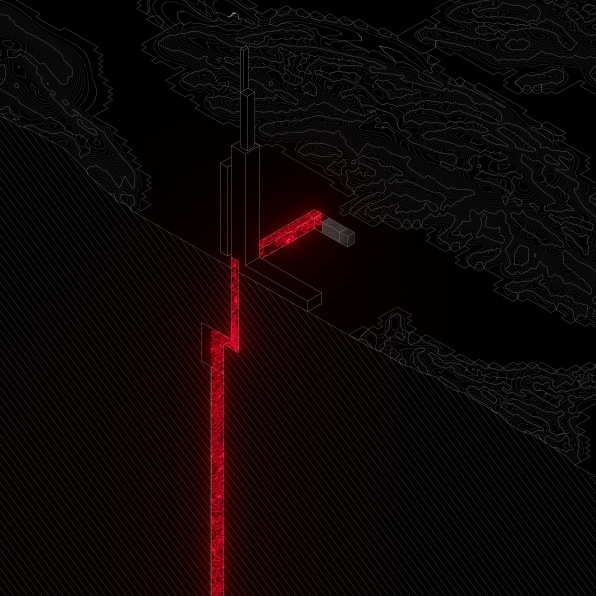Lavaforming: One architect’s wild idea to construct buildings from molten lava
When I first sat down to speak with the Icelandic architect Arnhildur Pálmadóttir, I was a little skeptical. Since 2018, her firm, SAP, has been researching how to harness molten lava from Iceland’s myriad volcanoes, and use it as a natural building material.
The concept seemed wildly eccentric, but the more she spoke, the more I realized something. If humans can drill for oil 20,000 feet beneath the ocean, why couldn’t we put in the same kind of effort to harness another material that springs from the earth?

The architect’s exploration has now culminated in a project called Lavaforming, which was recently the subject of an exhibition in Reykjavík. The idea came as a radical response to the climate crisis.
Currently, construction and building materials are responsible for 11% of annual global CO2 emissions. This has resulted in a growing movement among architects and developers to use materials that have a lower carbon footprint than concrete and steel, and are sourced locally: Think adobe for much of Africa, bamboo for China, and even agave waste for Mexico.

In Iceland, lava felt like such an obvious contender that Pálmadóttir was genuinely surprised no one had thought of it before. “We don’t have many natural resources, we have stone and lava fields,” she says.
Now, the architect has unveiled three ideas for how the lava would be harnessed: digging trenches for lava to flow into when a volcano erupts, drilling into magma (before it erupts and turns into lava), and 3D-printing bricks with molten lava. The proposal is focused on Iceland but it could apply to the 1,500 other active volcanoes that are scattered around the globe.

Here’s how it could work. The first scenario relies on a natural eruption, which in Iceland happens every five years on average. (The last one occurred in March 2021, 25 miles southwest of the capital Reykjavík, but as National Geographic reported, it may have kick-started decades of frequent volcanic eruptions.)
So the next time a volcano erupts, slow-flowing lava would trickle into a network of pre-dug trenches. These could be used to redirect the lava and protect critical infrastructure nearby. The trenches could also be used to form the foundations for a new city since lava cools into solid rock. And if you were to dig out the soil around the trenches, now filled with solidified lava, those trenches could become walls.
In this scenario, architects would rely on prediction models that scientists are currently working on—like weather forecasting, but for volcanoes. Designed to predict where and when the next eruption will occur, these models could be linked to a design model, “so we can predict where to place the city,” says Arnar Skarphéðinsson, an architect at SAP (and Pálmadóttir’s son).

When there are no volcano eruptions on the horizon, the architects want to piggyback on ongoing scientific research into geothermal energy. Iceland is divided by a rift that splits the country from east to west. Deep in that rift run pockets of fiery magma that transfer heat to the Earth’s rocky mantle above it: If harnessed properly, this so-called geothermal heat could be used to generate tremendous amounts of electricity.
Such research is already being done near the Krafla volcano in the north of Iceland. If the architects could use similar equipment, they could drill even farther down and hit pockets of magma that they can extract. The material could then be molded into bricks or manipulated into a 3D printing material.
And yes, this could be the plot of a disaster movie, but as Pálmadóttir notes, the Massachusetts Institute of Technology is already printing with molten glass. Why couldn’t it work with molten lava?
For all of their wild ideas, the architects remain somewhat realistic. “We think it’s a good idea, but we realize it might not happen in our lifetime,” Skarphéðinsson says. For him, the radical nature of the project illustrates just how devastating the building material crisis has gotten and how desperate architects are to find a more sustainable solution.
But there’s something else, too. In 2012, Iceland held a constitutional referendum. One question asked if citizens want the island’s natural resources that are not privately owned already to be declared national property. The answer was yes, but Skarphéðinsson says “nothing has been done” since then.
“If we had this constitution, and we could build a lava city, the whole city would be publicly owned and we think that’s an important step in the climate crisis,” he says, because citizens would have more control over the country’s natural resources, which could help promote climate equity. “We don’t want Elon Musk to own the lava.”
(74)


